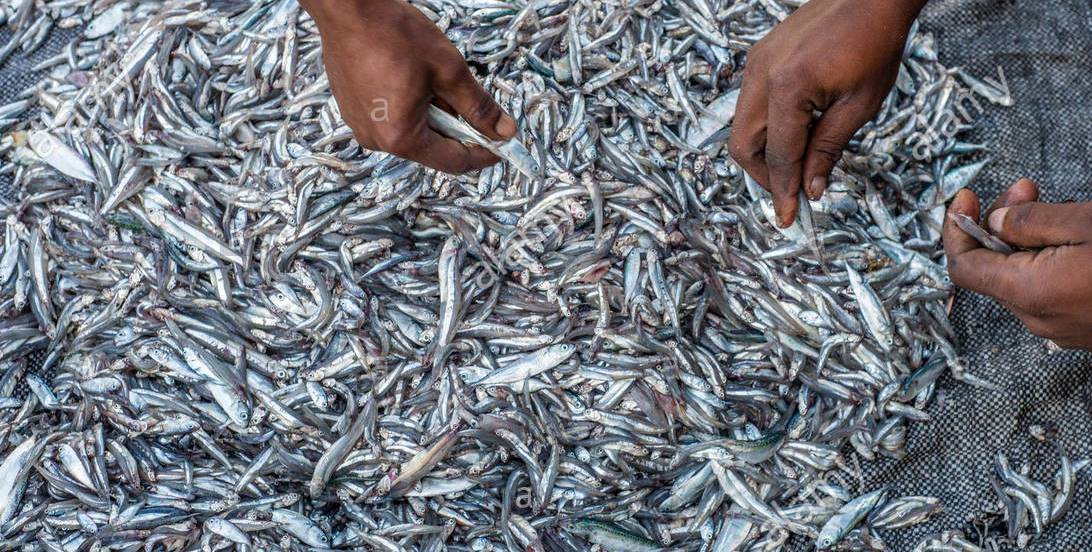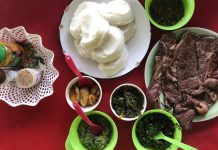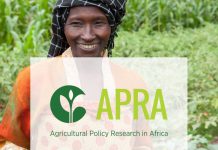DESPITE sardines being considered to have high nutritional value, only 20 per cent of the produce is used for human consumption in the country.
According to a study under the Innovations and Markets for Lake Victoria Fisheries (IMLAF) project, 80 per cent of the Lake Victoria silver cyprinid locally known as dagaa fish is used to feed livestock.
Conducted by Sokoine University of Agriculture (SUA) in cooperation with the Nelson Mandela African Institution of Science and Technology (NM-AIST) and University of Copenhagen; the results were delivered recently to the IMLAF project stakeholders in Mwanza.
“Almost 80 per cent of sardine is used for animal feed, thus causing the produce to fetch low price … We want to increase the 20 per cent that is used for human consumption through various methods,” remarked NM-AIST senior lecturer Dr Lilian Pasape.
Human beings will increase their consumption of sardine if new innovative ways of drying them are used, such as a greenhouse dryer instead of drying them on the sand, she said.
She mentioned another method to be correctly frying them without wasting away their nutritional value.
“Lack of interest in consuming sardine is mainly because people complain of its quality as they have a lot of sand, even after cooking them,” she stated.
Having low quality is among the reasons why sardine has lost its market; because people build a negative perception as to why eat food that is filled with sand, she said.
Dr Pasape added that the study has observed that even the prices increase for those who process the product in other ways besides spreading them on sand to dry.
On the other hand, the study also revealed that there is a large per cent of sardine that is lost in the entire chain from when it is fished, commented IMLAF Project Leader Prof Robinson Mdegela.
“We discovered that the wastage of dagaa was among the major challenges. Following the entire chain from the time they are fished to when they are consumed, huge amounts of the sardine is lost,” he said.
Sadly the tiny silver fish is still regarded as a poor product that has very little value disregarding its nutritional advantage, compared to the Nile perch also known as the Victoria perch (Sangara), he observed.
Meanwhile, the National Fish Quality Control Laboratory (NFQCLAB) Officer Dr Paul Mhongela, has insisted on observing the quality required when it comes to processing and packaging of the sardines.
“We still need to process sardine leaving a very small amount of moisture, which is under 14 per cent. If they are dried using the quality advised, their shelf life lasts from three to six months without going bad and changing its colour.”
Packed with nutrients, the silvercyprinid are one of the world’s most concentrated sources of the omega-3 essential fatty acids including Docosahexaenoic acid (DHA) and eicosapentaenoic acid (EPA).
Sardines are also a great source of protein, selenium, vitamin D, calcium, phosphorus, and potassium, essential for the development of a human body especially in building body muscle, boosting immunity, as well as boosting memory.
The Danish International Development Agency (DANIDA)-IMLAF project aims at catalysing socio-economic growth through the expansion of markets for Nile perch and sardine quality products and employment opportunities.
It involves the application of innovative methods of production of safe and high-quality Nile perch and sardine fish products and by-products for the local, regional and international markets.







